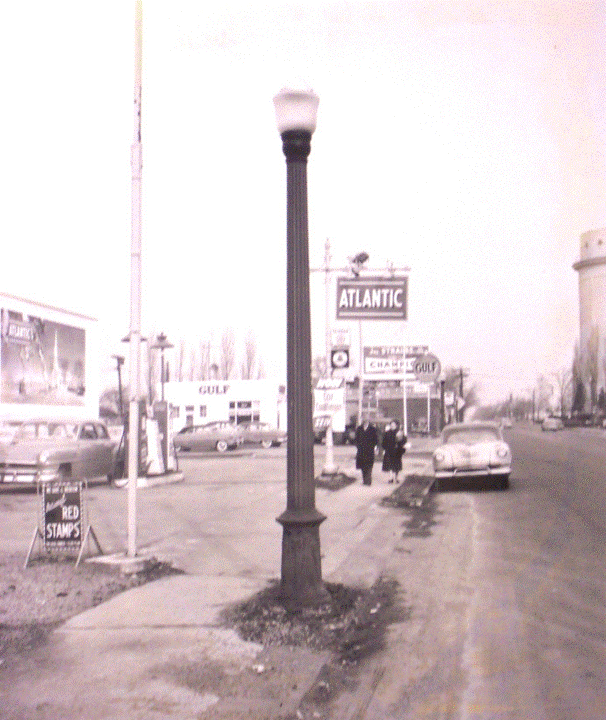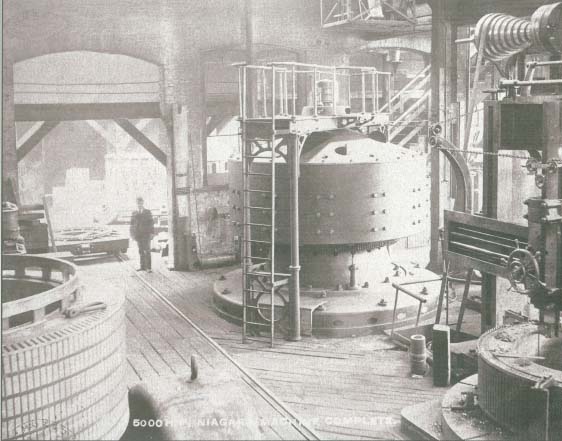This is the first post in our Buffalo History blog series. The series will focus on explaining how the city of Buffalo has grown and changed over the past few centuries and how its cultural and industrial heritage has shaped the city it is today.
Buffalo is known as the “City of Light,” but even most locals probably couldn’t tell you why.
Due in large part to its proximity to Niagara Falls, NY, Buffalo earned its nickname when it became the first city to have widespread streetlights in in the late 19th century.

Niagara Falls Helps Supply Electricity to Buffalo
According to the Engineering and Technology Wiki, in 1881 the Brush Electric Light Company of Buffalo installed the first electric plant in Buffalo on Ganson Street along the city’s waterfront. This included twelve carbon arc lights extending a mile along the street.
During this time, Niagara Falls power plants were forming and becoming the backbone of the city’s economy.
The greatest source of renewable energy on the Niagara Frontier is at Niagara Falls, with the energy of falling water estimated at six million horsepower. This natural resource supplied abundant cheap power, which spawned an entirely new industry in Niagara Falls: the electrochemical industry, according to the University of Buffalo Library.
Nikola Tesla, along with George Westinghouse, designed the first hydroelectric power plant in Niagara Falls. The Niagara Falls Power Company plant was built in 1895 and “started the electrification of the world,” according to the Tesla Society.
On November 15, 1896, the first transmission of power from Niagara Falls, NY to Buffalo occurred, with power supplied from the Niagara Falls Power Company.
The expansion of power allowed electric streetlights to become widespread, helping Buffalo earn its nickname as the “City of Light.” It also helped spur further industrial development in Buffalo and all of Western New York.

Power Fuels Buffalo Industry
As a result of its industry and state-of-the-art electricity, by the end of the nineteenth century, Buffalo was considered a thriving metropolis on the forefront of technological progress. The expansion of power particularly benefited the city’s grain industry, a key part of its economy during this time.
All of this led to Buffalo hosting an enormous world’s fair, the Pan-American Exposition, in 1901, in what is now Delaware Park. Buffalo’s power transmission system allowed designers to light the Exposition using power from Niagara Falls.
While today we take the streetlights of Buffalo for granted as we walk to our cars from a Sabres game or see a late show at Shea’s, without them (and the power supplied by Niagara Falls), Buffalo would not have become the boomtown it was in the early 20th century.
As Buffalo continues to shine brighter with all of its new development currently underway, it’s important to remember the city’s roots and understand how much it once depended on nearby Niagara Falls–and still does to this day.

 Fair Housing Notice
Fair Housing Notice 